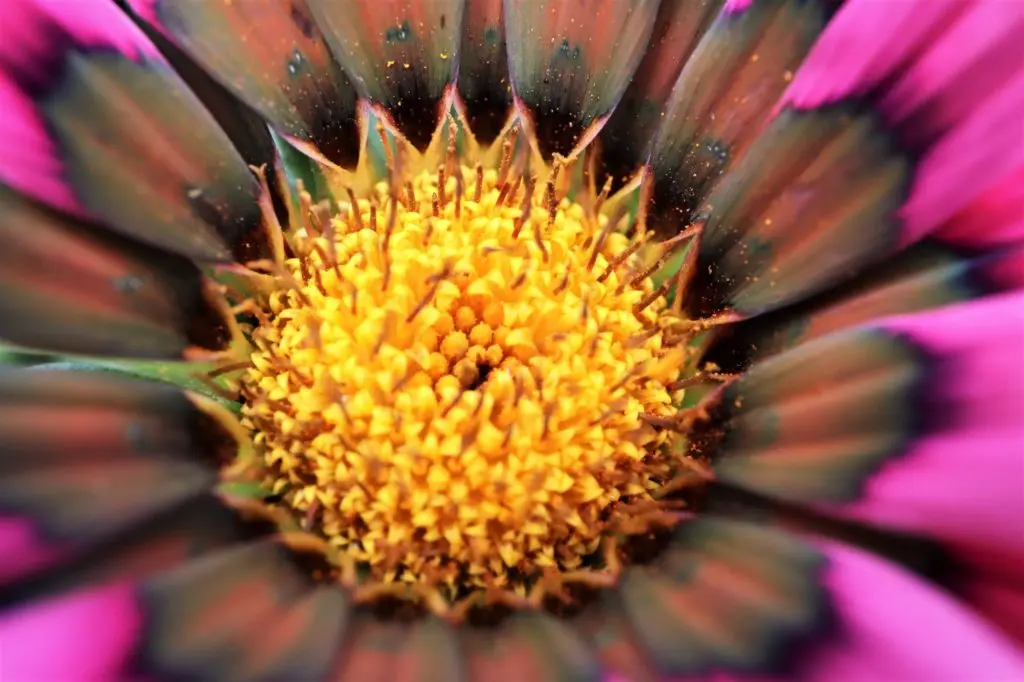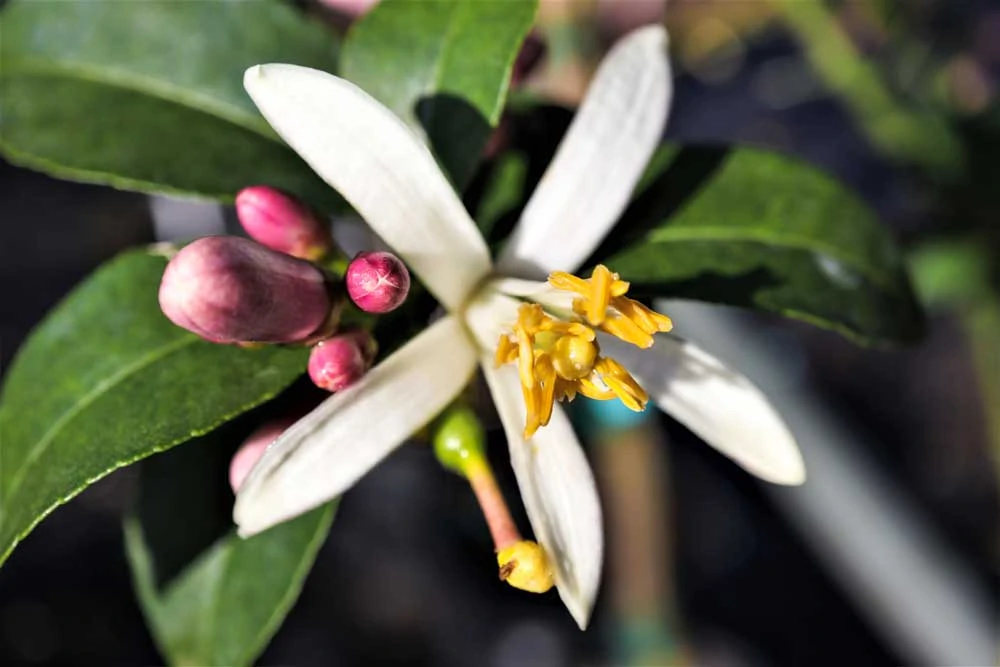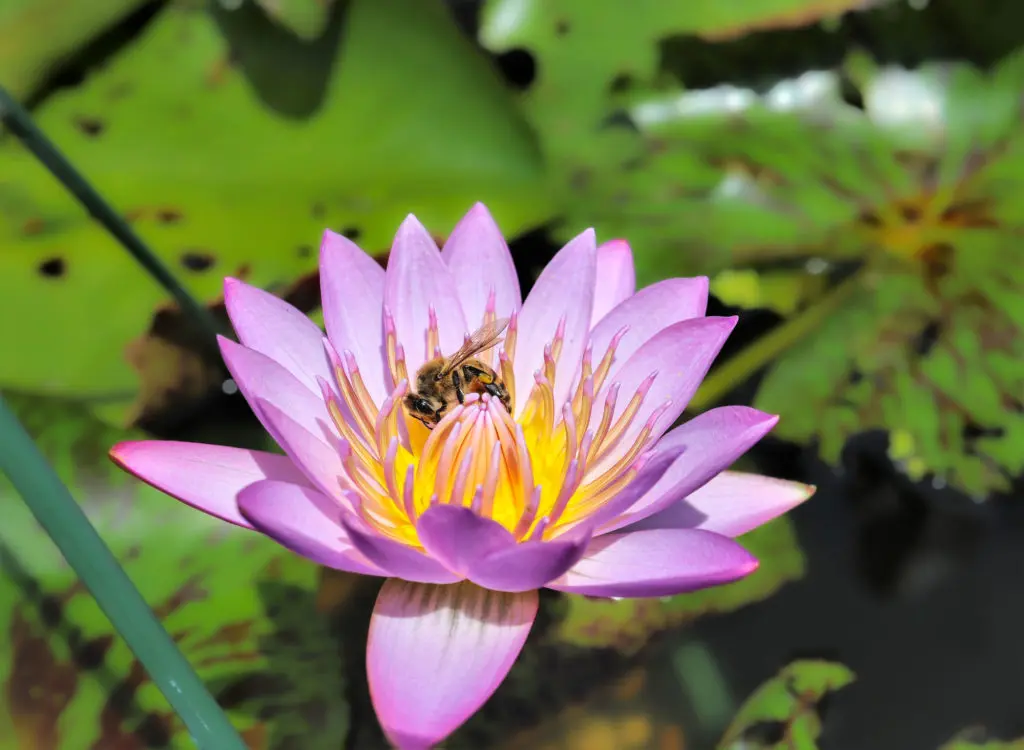by Amanda Rose Newton
June is National Pollinator Month, and we will be celebrating all month long with a blog series looking at the magical world of pollination.

Plants are anything but boring when it comes to their dating life, and we will pull back the covers on some of their most intriguing methods of reproduction.
To better understand the great and surprising lengths plants will go to in order to reproduce, we will go back to the basics underlying the process of creating a new generation of seedlings.
Pollen, which is akin to sperm, needs to fuse with an egg, or ovule, produced in the ovary inside of a flower. The journey from pollen grain to ovule is one of epic, often-overlooked proportions.

Pollination, whether by wind, water, or animal transport, is essential to the process and proof in its purest form that ecological balance is crucial for continued biodiversity to flourish.
Flowering plants have “outsourced” their fertilization needs over the course of millions of years, creating a rich diversity of strategies and adaptations.
Plants choose to dress up in beautiful colors and offer enticing scents with the hope of reproducing, not so much for our enjoyment. The different flower traits associated directly with enticing pollinators go by the name of “pollination syndromes.”
Cross-Pollination by Wind
Twenty percent of pollination chooses the lazy route by just letting the wind take pollen to its final destination. Usually, these plants put their flowers up a bit earlier in the spring and last a little bit longer, just due to the gamble of letting wind handle their fertilization needs.
Here in Florida, we are all too familiar with the oaks taking part in this ritual every year, dumping tons of pollen (sperm) everywhere in the hopes of meeting up with another oak bloom.
More often than not, their pursuits of reproduction end up all over our cars and clogged in our nasal passages instead. Grasses, cotton, corn, and cereal grains also take part in this syndrome and make up the majority of the annual allergen-inducing plants.
Getting Wild in the Water
An even smaller percentage of plants use the water route to disperse pollen, but given our proximity to the lagoon– home to many aquatic plant species– it’s worth a mention.

These plants release their seeds and spores directly into the water, using its natural conveyance method to drive the pollen towards another waiting plant.
Animal Instincts
Flowering plants co-evolved with animals and created unique costumes to entice interaction (think role-play for plants).

It’s no surprise that 80% of the plants you come into contact with exploit this method. These colorful ensembles take on interesting shapes, colors, and scents, all designed with intent.
Flowers can even manipulate timing to their benefit, to lessen the risk of running into competition with neighboring plants. This ensures they will get the full attention of the pollinator they have enlisted to help them without the distraction of another flirting flower.
Even the fur or snouts of animals are thought of in floral design, harnessing these qualities to create pollen that better adheres to surfaces ensuring dispersal.
Over the next few weeks, we will examine tricks plants play on animals, insect-specific syndromes, and members of the animal kingdom you might not have anticipated being chief pollinators of some of our favorite plants.


